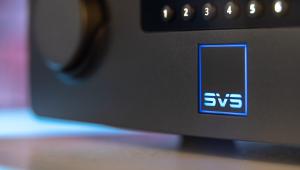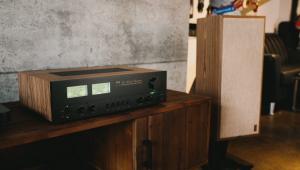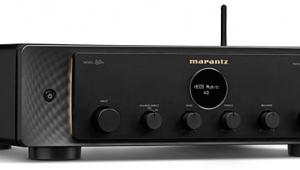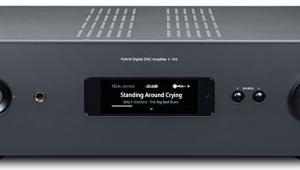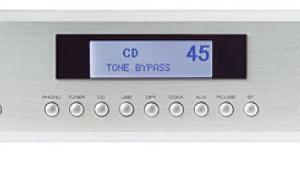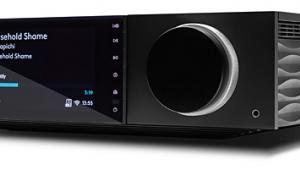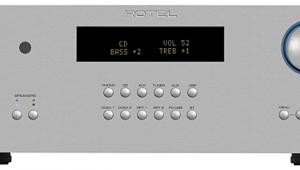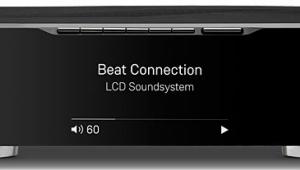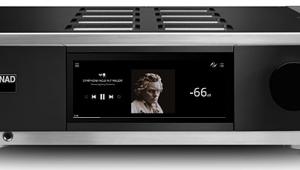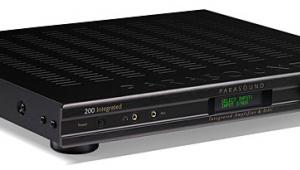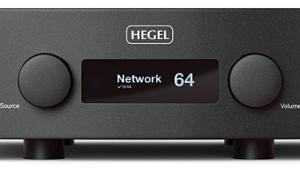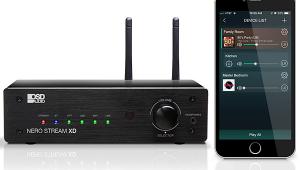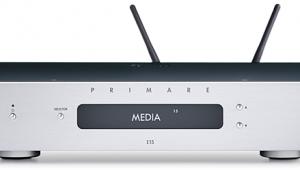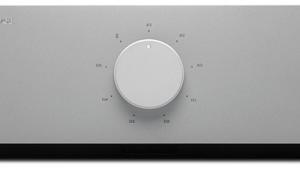Review: Pass Labs INT-150 Integrated Amplifier

Few audio companies are as closely associated with a single individual as Pass Laboratories is with its founder Nelson Pass, a man who has always blazed his own path when it comes to designing audio gear. Pass founded Threshold Electronics back in the early 1970s, but when he wanted to explore new, simpler circuit topologies in the early 1990s, he created Pass Labs as a way to market his latest creations.
The two integrated amps in the Pass Labs line, the INT-150 and INT-30A, are a good example of his less-than-conventional approach, seeing as both appear to be identical except for the critical question of output power. Physically the two amps are indistinguishable, with exactly the same functions, weight, dimensions, and even price tag. It’s only when you take a peek at the spec sheet that the differences become apparent, with the INT-150 delivering a healthy 150 watts per-channel, while the INT-30A tops out at just one-fifth that amount.
So what gives? Why would anyone buy an inline four when they’re offering you the V-12 for the same money?
The answer lies in how those watts are generated. For the INT-30A, Pass uses the type of single-ended, pure class-A circuit that has been Pass Labs’ bread and butter since the company started, while the INT-150 uses a more efficient push-pull class-AB circuit. I suppose the key question is whether the INT-150 still retains the performance Pass built his reputation on despite using this more conventional circuit design.
Audiophiles tend to deride integrated amps as a compromise solution for those who can’t quite swing the price of a separate preamp and power amp, but that characterization would be unfair in the case of the INT-150. For all practical purposes, this amp is simply a Pass Labs X150.5 power amp with multiple inputs and a volume control. A buffer is added to ensure that you won’t run into any weird impedance matching problems, but that’s basically it.
Pass Labs amplifiers have always had a strong and purposeful look about them, and the INT-150 is no exception. While the styling isn’t likely to gain the amp a spot at the Museum Of Modern Art, it gets the job done without unnecessary indulgences. The build quality is of the “brick outhouse” variety — the amp looks like it could survive World War III with barely a scratch.
The front panel controls are limited to power, input selection, mute, and volume, with a blue fluorescent display showing the selected input and volume level. The volume knob is connected to an encoder rather than a physical potentiometer, so it rotates continuously in either direction as the volume increases or decreases. A chunky brushed stainless steel remote duplicates these functions and adds a couple more, specifically a balance control and one to dim or switch off the blue fluorescent display.
Setup
Four line inputs are provided using single-ended RCA jacks, while two of these inputs have additional balanced XLR connections you can use in place of the single-ended ones. You also get balanced and single-ended line level outputs after the preamp stage, which should prove useful if your system includes a powered subwoofer or if you want to add an additional power amp for bi-amping.
Single pairs of speaker cable binding posts are provided for each channel, and for some reason Pass has chosen terminals that only work easily with spade-type cable terminations. They don’t open up wide enough for most bare wire connections and a banana plug hole isn’t provided, which makes it a real pain if you intend to bi-wire your speakers. The posts won’t even open up enough to insert two chunky spade lugs, so if you want to bi-wire, plan on getting a bi-wire ready set of cables terminated at the amp end with a single pair of spades. I expect these posts are used to satisfy some obscure European safety directive, but other amp manufacturers have found solutions to this problem that work much better.
- Log in or register to post comments

